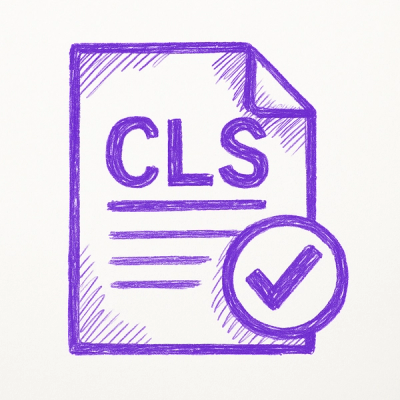
Security News
Opengrep Adds Apex Support and New Rule Controls in Latest Updates
The latest Opengrep releases add Apex scanning, precision rule tuning, and performance gains for open source static code analysis.
trpc-panel
Advanced tools
Probably the easiest and cheapest way to build a testing UI and documentation for your tRPC endpoints. tRPC panel automatically generates a UI for manually testing your tRPC backend with 0 overhead:

trpc panel moves as fast as your trpc backend with minimal effort.
Check out our test app
superjson support.Install with your preferred package manager:
yarn add trpc-panel
render your panel and return it from your backend (express example):
import { renderTrpcPanel } from "trpc-panel";
// ...
app.use("/panel", (_, res) => {
return res.send(
renderTrpcPanel(myTrpcRouter, { url: "http://localhost:4000/trpc" })
);
});
trpc-panel just renders as a string, so it can be used with any backend.
In Nextjs you'd want to create an api route somewhere like src/pages/api/panel.ts and send a text response:
import type { NextApiRequest, NextApiResponse } from "next";
import { renderTrpcPanel } from "trpc-panel";
import { appRouter } from "../../server/api/root";
export default async function handler(_: NextApiRequest, res: NextApiResponse) {
res.status(200).send(
renderTrpcPanel(appRouter, {
url: "http://localhost:3000/api/trpc",
transformer: "superjson",
})
);
}
Then we can visit the url http://localhost:3000/api/panel to use the panel. Here we do transformer: "superjson" assuming we have superjson set as the transformer in tRPC (which create-t3-app does by default).
As of v1.1.0, trpc-panel supports documenting procedures.
Documentation is opt-in, meaning you only need to set it up if you want to use it. When docs are included for your trpc procedure, a "Docs" section will appear in your procedure:

trpc-panel supports documenting procedures via trpc meta. First setup your trpc instance to be typed with TRPCPanelMeta:
import { initTRPC } from "@trpc/server";
import { TRPCPanelMeta } from "trpc-panel";
const t = initTRPC.meta<TRPCPanelMeta>().create();
Then in your routers you can provide a description to the meta:
export const appRouter = t.router({
sayHello: t.procedure
.meta({ /* 👉 */ description: "This shows in the panel." })
.input(z.object({ name: z.string() }))
.query(({ input }) => {
return { greeting: `Hello ${input.name}!` };
});
});
trpc-panel supports documenting parameters via zod's .describe() method. This allows developers to quickly write documentation as they're writing schemas:
export const appRouter = t.router({
sayHello: t.procedure
.input(z.object({
name: z.string().describe("The name to say hello too.")
}))
.query(({ input }) => {
return { greeting: `Hello ${input.name}!` };
});
});
Whatever you pass to describe() will appear in the docs section. Any input fields without a description will not appear in the docs section.
Trpc panel supports superjson, just pass it into the transformer option:
app.use("/panel", (_, res) => {
return res.send(
renderTrpcPanel(myTrpcRouter, {
url: "http://localhost:4000/trpc",
transformer: "superjson",
})
);
});
trpc-panel welcomes and encourages open source contributions. Please see our contributing guide for information on how to develop locally.
Currently, tRPC panel only supports tRPC v10 and only works with zod input schemas. With it's current design it would be feasible to easily add support for other input types as well
There are no plans to support v9 or other previous tRPC versions.
The following are supported
We would like to add the following types:
FAQs
UI for testing tRPC backends
The npm package trpc-panel receives a total of 10,300 weekly downloads. As such, trpc-panel popularity was classified as popular.
We found that trpc-panel demonstrated a not healthy version release cadence and project activity because the last version was released a year ago. It has 1 open source maintainer collaborating on the project.
Did you know?

Socket for GitHub automatically highlights issues in each pull request and monitors the health of all your open source dependencies. Discover the contents of your packages and block harmful activity before you install or update your dependencies.

Security News
The latest Opengrep releases add Apex scanning, precision rule tuning, and performance gains for open source static code analysis.

Security News
npm now supports Trusted Publishing with OIDC, enabling secure package publishing directly from CI/CD workflows without relying on long-lived tokens.

Research
/Security News
A RubyGems malware campaign used 60 malicious packages posing as automation tools to steal credentials from social media and marketing tool users.